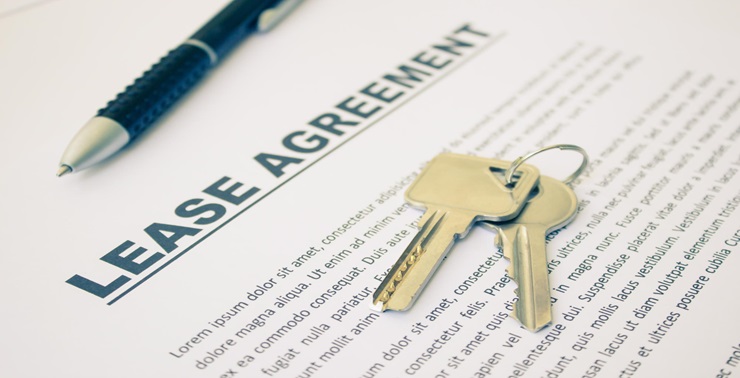 Image Source: Deposit Photos
Image Source: Deposit Photos
Commercial real estate leasing is very different from its residential cousin. Residential real estate buyers and renters can rely on a wide network of support in the form of real estate agents, online communities, and local investment clubs that are ready to provide information and assistance.
However, commercial property investors and renters face challenges understanding how deal terms work and the process unfolds. While the number of resources is increasing, the nature of commercial real estate leasing makes it a tough topic to tackle.
Here are 4 simple steps that form a part of the commercial real estate leasing process. While there are details that could make each of these steps complicated, follow the tips in this article to make things as simple for yourself as possible.
Step One – Locate
Every real estate search begins with searching for a location. Whether you’re looking to rent a place for your business or buy property, you need to be careful when searching for possible locations. For starters, the commercial market tends to be extremely competitive, and if word gets around you’re desperately looking for a space, you might find increased prices waiting for you.

Image Source: Unsplash
Unlike residential properties whose prices are tracked and cataloged online at many resources, no online tracker brings transparency to commercial property prices. Startups such as Floorly (launching in 2022) are looking to rectify this situation with a platform dedicated to finding commercial listings. Users will be able to browse listings in over 2,000 cities, including retail spaces in malls.
The best properties are often not on sale. Inquire with existing lessees and try to get a feel for how happy they are with their space. While you’re unlikely to find someone who immediately tells you they’re about to vacate, you will get a good idea of the location’s attributes and the landlord. Long-term tenants can also give you tips on finding a good space for yourself, so it’s best to engage with the local community as you search.
Step Two – Present a Proposal
Once you’ve found your ideal property, it’s time to present a proposal. Commercial real estate proposals are extremely open-ended compared to residential purchase agreements. In the latter, typically the sale price is all that’s up for negotiation, with perhaps closing fee payments adding some complexity. The opposite is true in commercial deals.

Image Source: Deposit Photos
Here, everything is up for negotiation, including the type of lease and frequency of payments. Most tenants tend to prefer an arrangement that has them sharing a percentage of revenues with the landlord, while landlords prefer NNN leases where the tenant takes care of everything to do with the property.
There’s a lot of room for negotiation between those poles, so spend time thinking about what’s important to you and whether the landlord is in a decent enough financial position to hold their end of the deal. After all, agreeing to terms is one thing but sticking to them is another.
Often, desperate landlords will agree to everything you say, only to let you down when the time comes for them to hold their end of the deal. So evaluate the landlord’s financial position as well, along with their property.
One of the key features of Floorly’s platform is the ability to view competing offers, and adjust yours accordingly. Total transparency.
Step Three- Negotiation
Commercial real estate negotiation can become complex in a hurry due to the sheer number of terms under discussion. When one term is agreed upon, another complexity crops up. You can use an electronic platform like Floorly to record all deal-related terms in a central repository to avoid confusion and speak directly with the landlord.

Image Source: Floorly
Either way, make sure you store all deal-related discussions in an easily accessible place where all parties can confirm points. Doing this will prevent confusion and misunderstanding down the road. Typically, beginners to commercial leasing try to drive hard bargains that compromise the landlord’s position. This is a mistake.
Landlord relationships are extremely important in commercial leases, since you’ll have to rely on them during tough times. For instance, if a serious maintenance issue hits the property, the tenant has to rely on the landlord to fix the issue or face critical business disruption. Always strive to negotiate win-win positions so that there are no feelings of animosity or ill-will in the relationship.
Step Four – Sign the Lease
The final step is to sign the lease, and this is not as straightforward as it sounds. Make sure you’ve clarified all the significant terms in the lease and that the numbers check out. The type of lease will impact bottom-line calculations, so make sure you’ve ticked all boxes in this regard.

Image Source: Deposit Photos
Make sure you’ve clarified who will pay closing costs, since they can be considerable with commercial leases. Only once you’re certain that all of your requirements have been met, and that you understand all terms of the lease, should you sign. Once you’ve signed the agreement, it’s time to move in and begin conducting business!


Comments are closed.